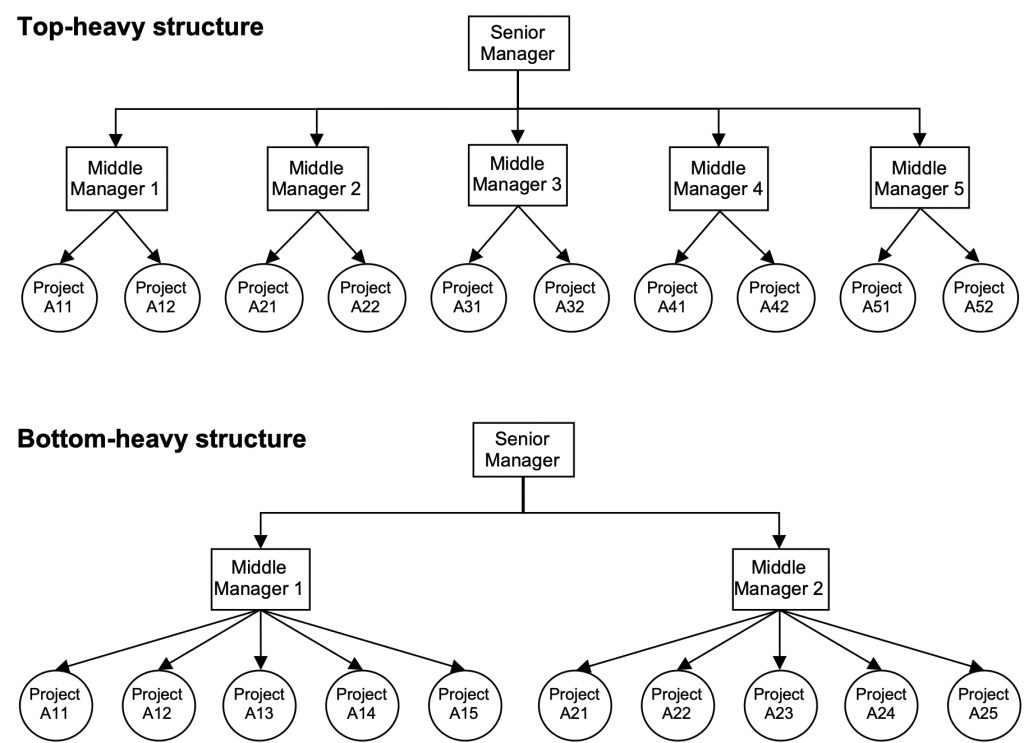Traditionally, the vast majority of High Performance Computing (HPC) resources have been used by researchers from the natural sciences and engineering. As the world becomes increasingly digital, it is inevitable that also researchers from the humanities and social sciences will need more and more computational power. Professor With Special Responsibilities (WSR) Oliver Baumann from the Department of Business & Management at SDU tells us how he uses supercomputing for his research and gives us his take on how researchers from social sciences, who are beginning to reach a limit with their own computers, can benefit from the services that the eScience Center offers such as the DeiC Interactive HPC.
Why do some organizations manage to innovate and adapt to new circumstances while others have problems changing effectively? How do organizations work, why are there often problems in cooperation or in coordinating work, and how can organizations be designed to work better?
These are some of the questions that Professor WSR Oliver Baumann’s research is concerned with.
“We try to understand how adaptation, innovation and learning processes play out in organizations, and how organizations can best be designed and structured to support these processes in a good way,” Baumann explains.
In a current project, Baumann collaborates with two American colleagues to study resource allocation in hierarchical organizations, and how resources should be distributed between more well-known approaches and more innovative/risky ideas, depending on the structure of the organization.
“If you think of a university, it could be structured in a more top-heavy way, where you have the rector and a lot of deans, and each dean has only a few departments beneath him or her. Alternatively, the structure could be more bottom-heavy, where you have the rector and only a few deans, but then each faculty contains a lot of departments. Depending on which structure the university has, how should the rector and the deans behave differently when they allocate e.g. funds for strategic projects? It is questions such as these that we are looking at in this project.”
The following figure illustrates these two stylized organizational structures. In the model, a “senior manager” needs to decide how to allocate (limited) resources among his/her “middle managers”, who in turn need to decide how to allocate the resources they received among a set of uncertain alternatives (e.g., projects exploiting different technologies whose value is not fully understood). This set-up captures a typical learning process in organizations. Middle managers are specialists in the sense that they are dealing with concrete projects. By running a project, the middle managers can learn about the value of the underlying technology. Senior managers, on the other hand, are more generalists that learn about their middle managers, i.e., about the aggregate performance of the projects for which a particular middle manager is responsible.

The advantages of using supercomputing
Baumann and his research group develop simulation models that involve Monte Carlo methods. This approach relies on repeated random sampling to obtain numerical results and predict the probability of different outcomes. Therefore, it also creates a need for running many replications of the same model to obtain good approximations. And this is where HPC resources come into the game.
“We can do things much faster, and we can do more than we ever could with our own machines,” Baumann says to explain how the HPC resources available to him and his research group contribute to their research. “Computation is also cheaper and more easily available, and this means we get to experiment more.”
The HPC resources that Baumann and his group currently use are distributed between Ohio State University, where his two colleagues work, and UCloud at the DeiC Interactive HPC facility at SDU. UCloud is a unique and innovative digital research environment, which has been developed by the SDU eScience Center and runs the DeiC Interactive HPC service. This national service is offered by a consortium consisting of SDU, AAU and AU.
Computational social sciences
The eScience Center is continuously trying to reach out to new research communities at SDU – including research communities from the Faculty of Business and Social Sciences. One of the challenges at the moment is that many researchers from social sciences do not require HPC yet, because the kind of work they do involves smaller data sets. This scenario will likely change in the future, however:
“There is a general trend towards big data sets, or availability of huge data sets, as well as a trend towards computational approaches,” Baumann says. “We see this also in the social sciences, where big data and what is often referred to as computational social science are becoming more and more relevant. Thus, the first step will be to identify those colleagues who would like to work with larger data sets or who are already getting to some limits with their own approaches and machines. We need to make these researchers aware that these opportunities exists, that it is not too complicated, and that you can get help if you want to get started.”
Want to learn more?
If you want to know more about the services the eScience Center offers and whether they might be relevant for you and your research, then please feel free to contact the eScience Center’s service desk or write to escience@sdu.dk. We offer training and tutorials for both new and experienced HPC users.
You are also welcome to contact the representative from your faculty in the eScience Center Operational Board, if you would like to know more about how they use HPC in their research.
By Johanne Lyhne Hansen


